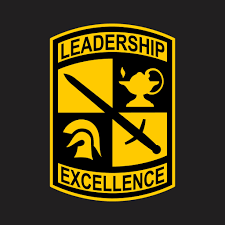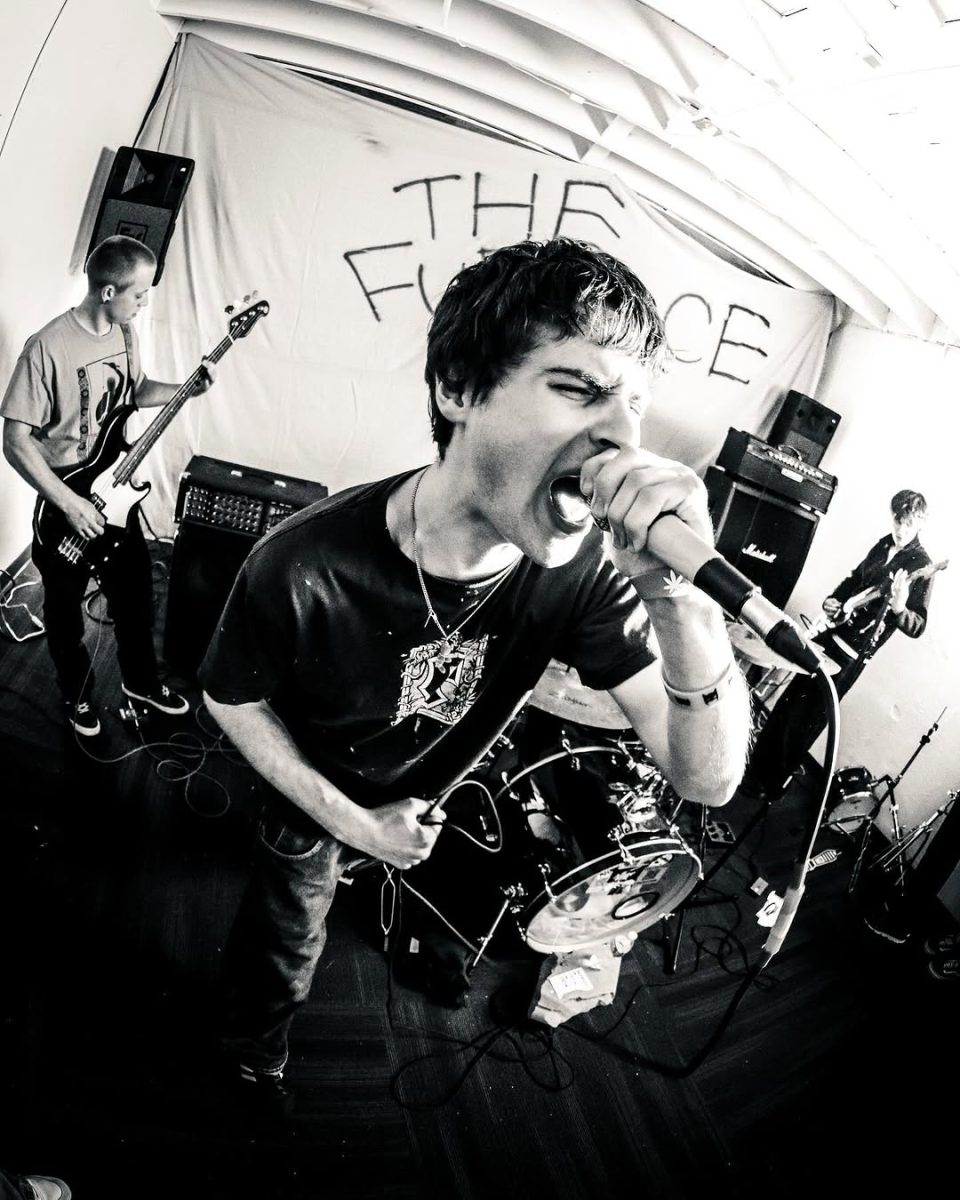ADHD stands for attention-deficit/hyperactivity disorder, also called attention deficit disorder. It is a chronic condition including attention difficulty, hyperactivity, and impulsiveness. ADHD often begins in childhood and can grow with a person. It may contribute to low self-esteem, troubled relationships, and difficulty at school or work. It is very common, there are more than 3 million cases in the US per year. There are treatments are available to help some people but the condition is not curable, it requires a medical diagnosis, but lab tests and imaging are not required. ADHD symptoms can be behavioral, cognitive, mood, and common. Behavioral symptoms can be aggression, fidgeting, hyperactivity, irritability, persistent repetition of words or actions, etc. Cognitive symptoms can be absent-mindedness, difficulty focusing, forgetfulness, short attention span, etc. Mood symptoms are anger, anxiety, boredom, excitement, mood swings, etc. Common symptoms are depression and learning disability.
ADHD in women VS men: Women who have ADHD have the same feelings of being overwhelmed and exhausted as men. Psychological distress, feelings of inadequacy, low self-esteem, and chronic stress are common. Often, women with ADHD feel that their lives are out of control or chaos, and daily tasks may seem impossibly huge. The common signs that a woman has ADHD are struggling to relax or unwind, you are a high achiever but then feeling frustrated that you have not met your full potential, struggling to move forward with goals, forgetting projects, and unpaid bills keep piling up.
There are two different kinds of treatment, therapy, and medications. Therapies include support groups, a forum for counseling, and different people sharing their experiences with others with a similar condition or goal, such as depression or weight loss. There’s cognitive behavior therapy also, which is a talk therapy that focuses on changing negative thoughts, behaviors, and emotional responses that have to do with psychological distress. Another form of therapy is anger management, where you can practice mindfulness, different coping mechanisms, and avoiding triggers to decrease destructive emotional outbursts. There are a few more, but those are the more common ones. Now for medications, there are stimulants, cognition-enhancing medications, and antihypertensive drugs. Stimulants are for increasing neurotransmitter levels, heart rate, and blood pressure, it can also decrease appetite and sleep (Amphetamine, Dexmethylphenidate, Dextroamphetamine, Methylphenidate, Lisdexamfetamine). Cognitive-enhancing medications help improve mental function, lower blood pressure, and may balance mood (Atomoxetine, Guanfacine). Finally, antihypertensive drugs lower blood pressure (Clonidine).
14 Common signs of ADHD in children
- Self-focused behavior
- Interrupting
- Trouble waiting their turn
- Emotional turmoil
- Fidgeting
- Problems playing quietly
- Unfinished tasks
- Lack of focus
People may think ADHD is a form of autism but it is not, although the two conditions are related in several ways. Many symptoms of ASD and ADHD overlap, it can make correct diagnosis challenging at times. Make sure you pay close attention to the signs.





































